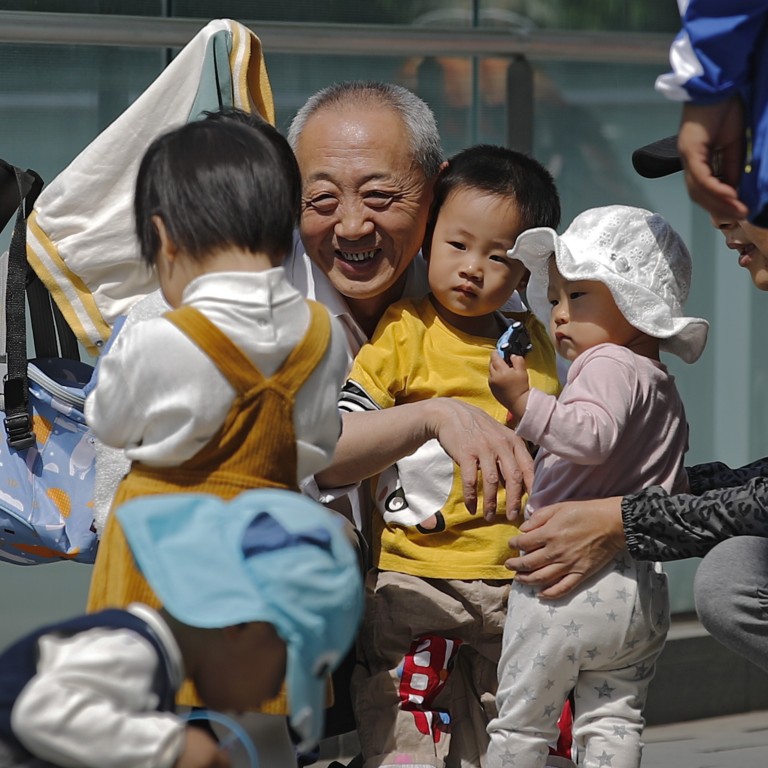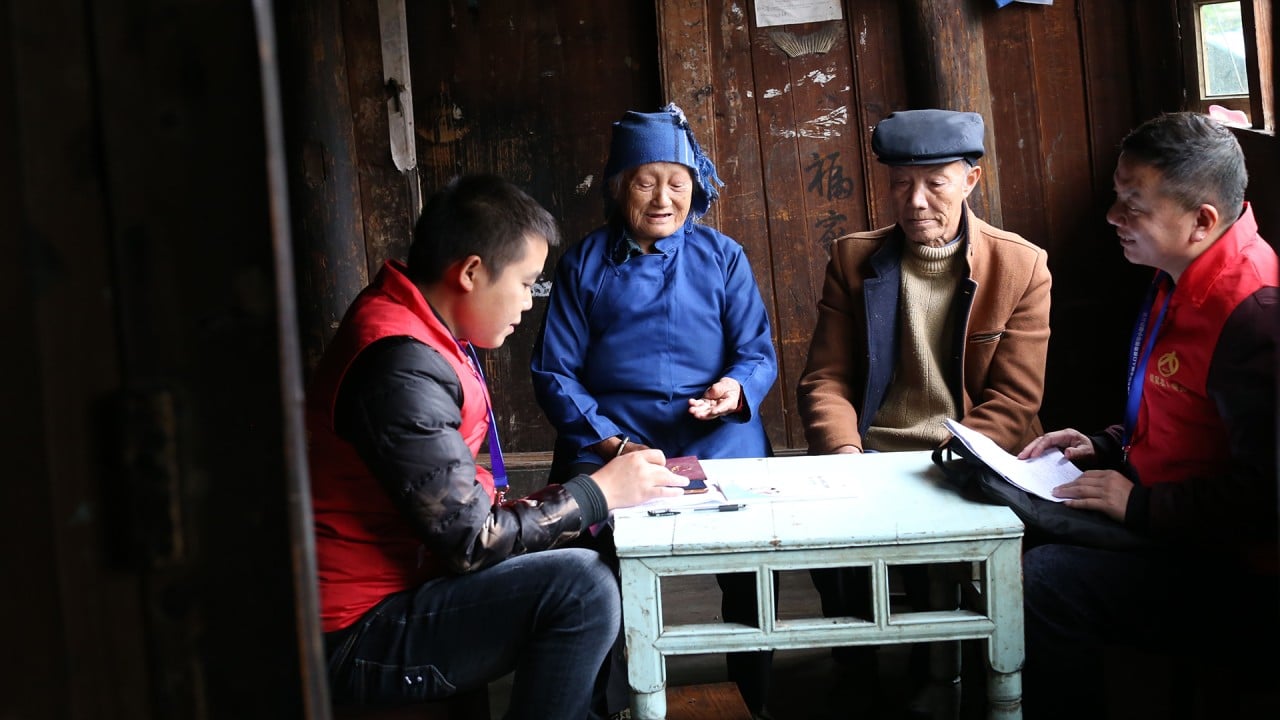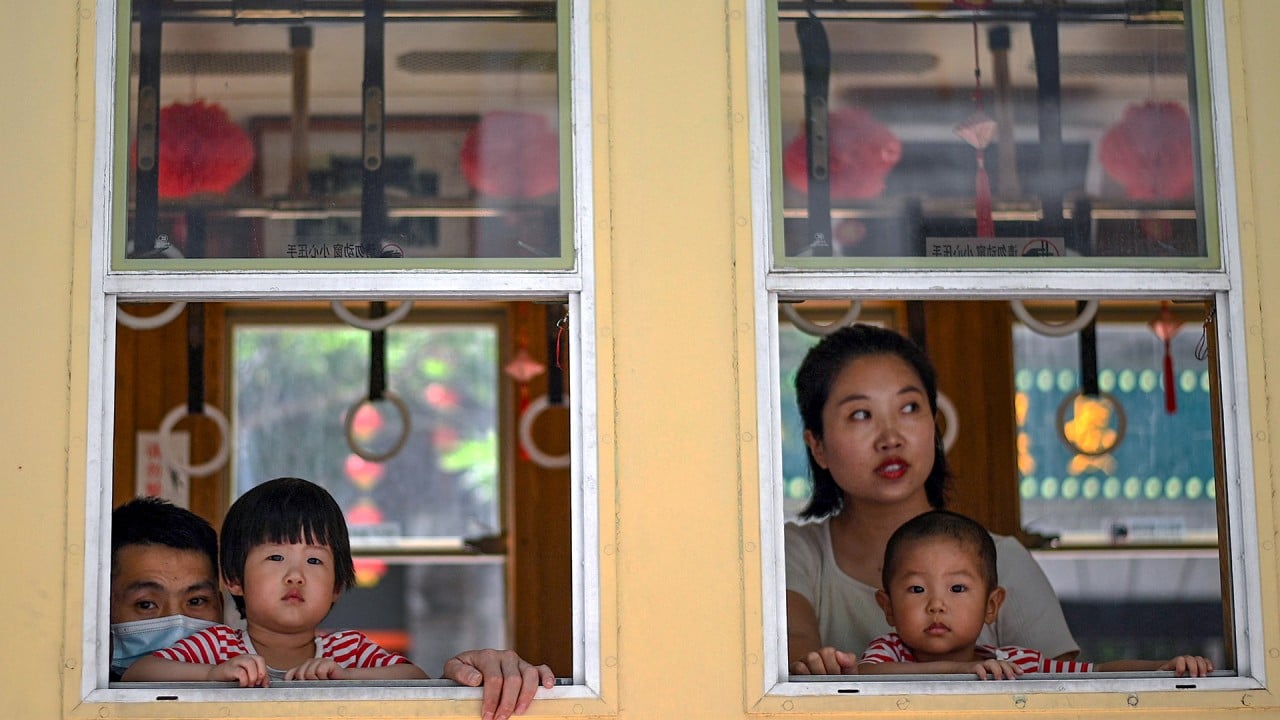
China’s population could halve within the next 45 years, new study warns
- Researchers say previous estimates may have severely underestimated the pace of demographic decline
- Census data says the birth rate was 1.3 children for each woman last year – well below the level needed to stop the population from falling
China’s three-child policy fails to allay concerns over childcare
But the new research, from Professor Jiang Quanbao and colleagues with the institute for population and development studies at Xian Jiaotong University, warned that the country’s population decline may have been severely underestimated.

02:04
China expands two-child policy to three
The Chinese authorities “need to pay close attention to the potential negative inertia of population growth and make a plan with countermeasures in advance,” wrote Jiang in the study published in the Journal of Xian University of Finance and Economics.
Though the census findings have only partially been disclosed to the public, the limited information already shed a new light on changes and future development trends in the Chinese population, according to the researchers.
‘Forcing people to get pregnant?’ Backlash against China’s new abortion policy
The pandemic may have had an impact on childbirth last year – but Jiang and his colleagues said the chances that the birth rate would rebound were low. They said it was more likely that the total population would soon start a rapid decline due to the drop in the number of women of child-bearing age.
“If the fertility rate drops to 1, in 29 years the population in our country will fall by half,” they said.
According to the new census data, children make up about 17 per cent of the population, while the proportion of over-60s rose to over 18 per cent.

“People dare not to have children due to increasing economic pressure,” they wrote. “There are also severe shortages in supporting services for childbearing and care.”

10:42
China 2020 census records slowest population growth in decades
In some countries such as the United States, rising property prices can help raise the birth rate because they make people wealthier, but in China the opposite applies.
A study published this month by the Chinese Academy of Sciences found that in the Yangtze River Delta, one of the most developed regions in the country, rapidly increasing housing prices have caused the area to have one of the lowest birth rates in the country.
Inside the dying Chinese village where almost everyone is aged over 40
Another study in August suggested that in China, each 1,000 yuan (US$155) per square metre increase in property prices reduces the likelihood of having one child by 2 per cent, and that of having two children by 5 per cent.
The Chinese government has recently launched a series of campaigns to control property prices, reduce the cost of education and increase the number of kindergartens, but the study said further measures are needed.

03:49
How much does it cost to raise a child in China?
Professor Chen Gong, director of the Peking University Institute of Population Research, forecast in a recent article on the website of the National Bureau of Statistics that the Chinese population would start to decline from 2025.
China’s one-child policy and the millions of ‘missing girls’
For example, the number of citizen with higher education qualifications had nearly doubled over the past decade and now stood at 15 per cent of population – something that Chen said could boost the country’s development.
“It is expected that the quality of the Chinese population will increase rapidly and become a driving force for high quality economic development,” Chen said. “It will also reduce pressure on natural resources and the environment.”

